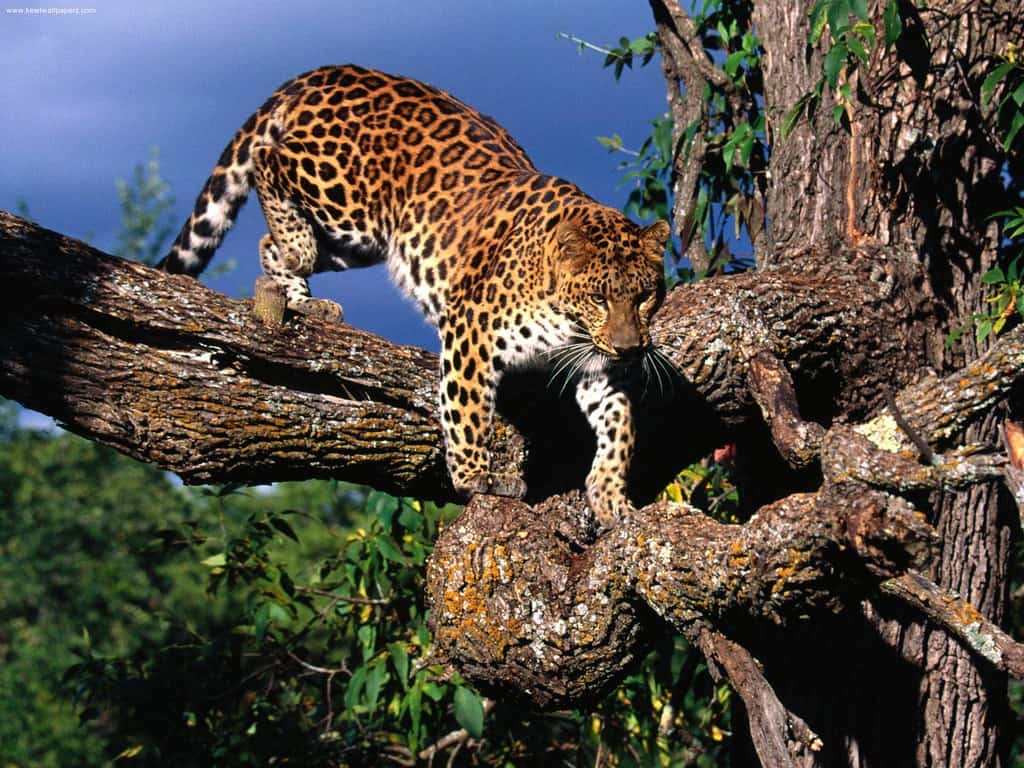Across the diverse landscapes of Africa, few animals have captured the imagination and reverence of cultures as profoundly as the leopard (Panthera pardus). With its striking rosette-patterned coat, exceptional strength, and elusive nature, the leopard has transcended its biological status to become deeply embedded in the fabric of African royal traditions, mythology, and storytelling. For millennia, this magnificent big cat has symbolized power, stealth, wisdom, and divine connection, earning it a place of honor in royal regalia, ceremonial practices, and oral traditions throughout the continent. From the golden thrones of ancient Egypt to the royal courts of West African kingdoms and the storytelling circles of remote villages, the leopard’s presence in African cultural expressions reveals the complex relationship between people and wildlife that has evolved over countless generations.
The Leopard as a Symbol of Royal Power
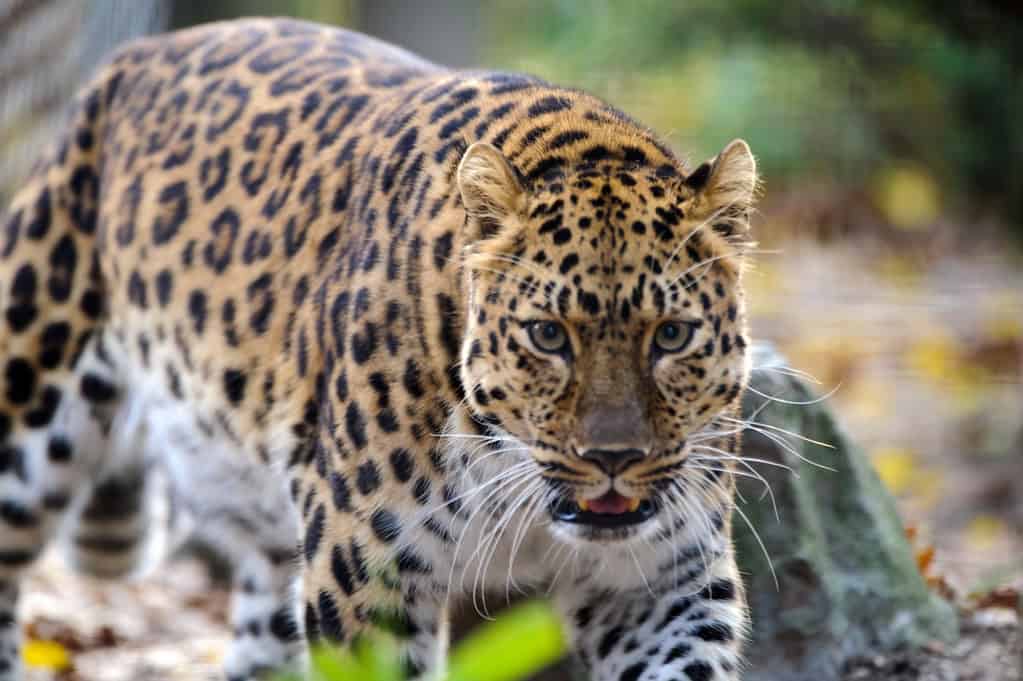
In numerous African societies, the leopard has historically represented the epitome of royal power and authority. This symbolism stems from the leopard’s natural attributes—its strength, agility, hunting prowess, and territorial dominance—qualities that traditional rulers sought to embody. In many kingdoms across West and Central Africa, only chiefs and monarchs were permitted to wear leopard skins or possess leopard parts, with severe penalties for commoners who violated these restrictions. The Ashanti Kingdom of present-day Ghana, for instance, reserved leopard symbolism exclusively for the Asantehene (king), while in the Kingdom of Dahomey (now Benin), leopard imagery adorned royal palaces and ceremonial objects.
The association between leopards and royalty was so profound that in some cultures, kings were believed to possess the ability to transform into leopards, enabling them to move undetected among their subjects or confront enemies with supernatural strength. This spiritual connection reinforced the monarch’s authority, suggesting they possessed powers beyond ordinary humans. The leopard’s solitary nature and calculated hunting style also paralleled the idealized leadership qualities of discernment, strategic thinking, and decisive action that were expected of African rulers. Through this symbolic association, the leopard became not just an emblem of royalty but an extension of royal identity itself.
Leopard Regalia and Royal Insignia
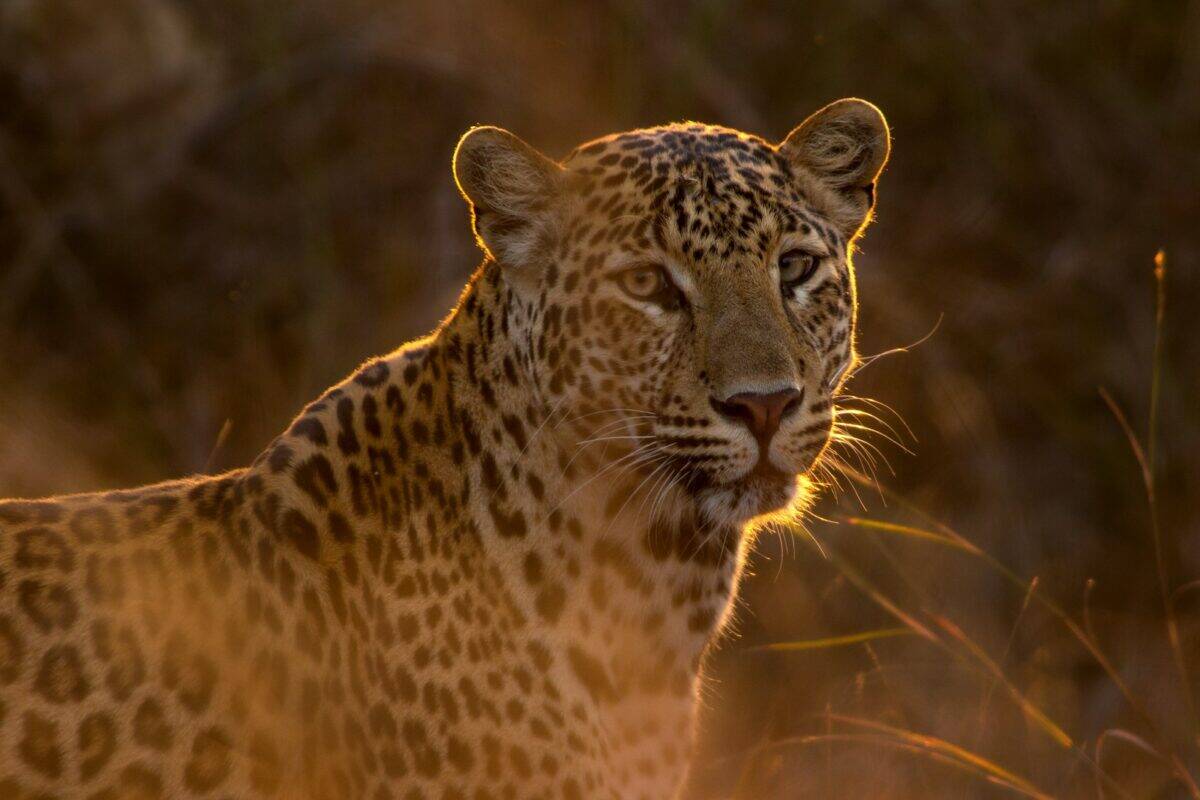
The material culture of African royalty prominently featured leopard imagery and actual leopard parts as essential elements of regal display. Leopard skins served as royal capes, throne coverings, and ceremonial mats upon which only rulers or high-ranking officials could stand or sit. In the Bakuba Kingdom of Central Africa, elaborately beaded leopard figures adorned royal crowns, while in Ethiopia, emperors carried shields decorated with leopard skin. Perhaps most famously, many West African rulers possessed specially crafted leopard stools—seats of authority that symbolized the throne and the ruler’s position as mediator between the spiritual and physical worlds.
Beyond clothing and furnishings, leopard imagery appeared on royal staffs, ceremonial weapons, and musical instruments reserved for court musicians. In the Benin Kingdom, brass plaques depicting the monarch with leopard symbols decorated palace walls, while royal messengers carried leopard-tooth necklaces as proof of their authority to speak on behalf of the king. The leopard’s claws, teeth, and whiskers were often incorporated into royal amulets believed to transfer the animal’s strength and protective powers to the wearer. This extensive use of leopard symbolism in royal contexts created a visual language of power that was immediately recognizable across cultural boundaries, establishing the leopard as the quintessential animal emblem of African kingship.
The Leopard in Creation Myths
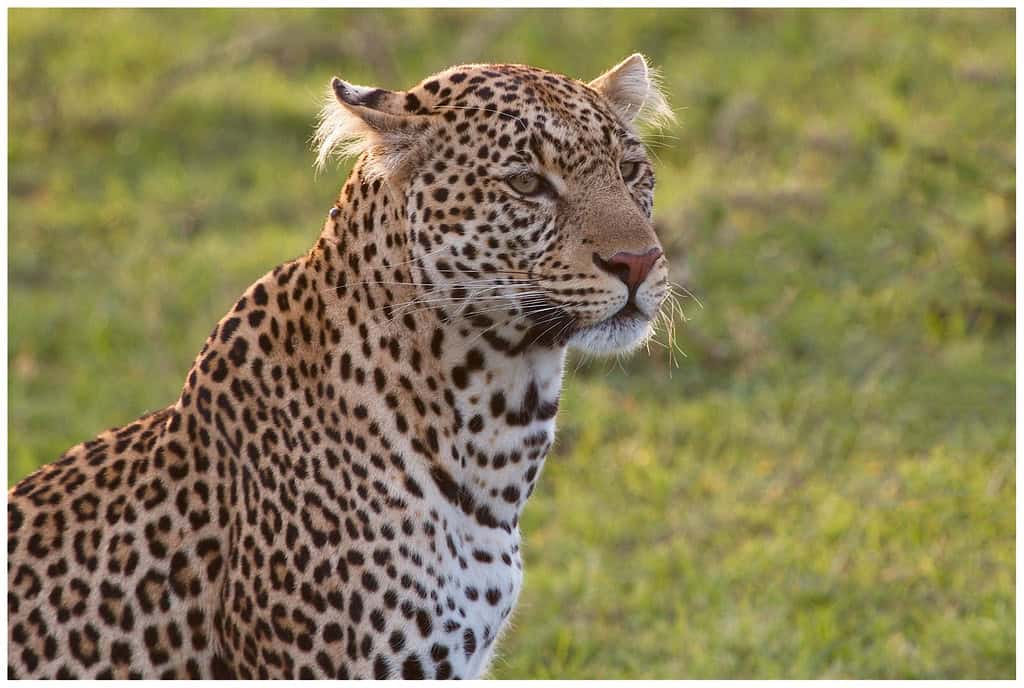
The leopard features prominently in creation myths across various African cultures, often occupying a special position in the cosmic order. Among the Yoruba people of Nigeria, the leopard (ekun) is considered one of the original animals created by the deity Olodumare and given special responsibilities in the newly formed world. In some versions of Yoruba cosmology, the leopard served as a messenger between humans and the divine, carrying prayers and sacrifices to the gods. The Bambara people of Mali feature the leopard in creation stories as a keeper of secret knowledge who taught humans important survival skills after the world’s formation.
In several East African traditions, the leopard plays a role in explaining how death came into the world or how certain natural features came to exist. The Kikuyu of Kenya tell of a primordial leopard whose spots were created by the touch of the creator god, each spot representing a different aspect of nature’s diversity. These creation narratives elevate the leopard beyond merely being an impressive predator to becoming a foundational element in the cultural understanding of the world’s origins. By placing the leopard in these formative stories, African cultures acknowledged the animal’s significance not just in the natural environment but in the very structure of existence as they understood it.
Leopard Clan Totems and Ancestry

In many African societies, clan structures incorporated animal totems as identity markers, with the leopard being one of the most prestigious ancestral emblems. Leopard clans—family lineages that claimed the leopard as their totem animal—existed across the continent, from the Baganda of Uganda to various communities in Zimbabwe, Tanzania, and beyond. Members of these clans often observed specific taboos related to leopards, including prohibitions against hunting them or consuming their meat. Instead, clan members considered leopards to be spiritual relatives deserving of respect and protection, believing that harm to the animal would result in misfortune for the clan.
These totemic relationships sometimes included origin stories claiming direct descent from leopards or tales of leopards protecting clan ancestors in times of danger. In some traditions, when a member of a leopard clan died, it was believed their spirit might temporarily inhabit a leopard’s body, necessitating special funeral rites to honor both human and animal aspects of the deceased. Clan elders often wore leopard-themed insignia to designate their status and connection to ancestral powers. The leopard totem system served multiple social functions: it reinforced kinship bonds, regulated marriage practices (as marriage within the same animal clan was often forbidden), and established a framework for environmental conservation by protecting leopard populations through cultural taboos long before modern conservation efforts.
Leopard Secret Societies and Initiation Rites
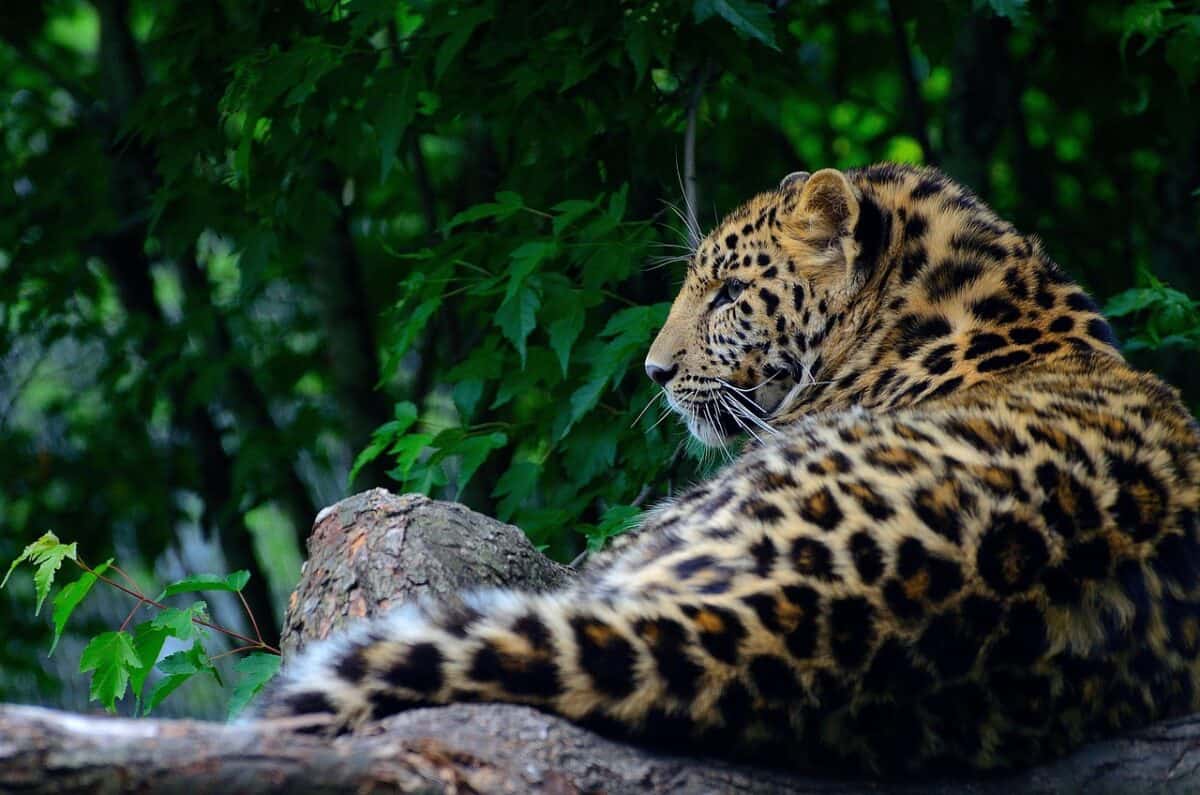
Throughout West and Central Africa, powerful secret societies modeled on leopard characteristics emerged as important social and political institutions. The most famous of these, the Leopard Society (Ngbe or Ekpe in various regions), originated among the Efik people of what is now southeastern Nigeria and spread to neighboring Cameroon and beyond. These exclusive organizations controlled significant aspects of traditional governance, justice systems, and cultural continuity. Members underwent rigorous initiation ceremonies where they symbolically transformed into leopards, adopting the animal’s perceived qualities of strength, stealth, and discernment. During rituals, society members wore leopard masks and costumes, moved like leopards, and communicated through specialized leopard-inspired languages and sounds.
These societies operated at multiple levels, with different ranks corresponding to deeper knowledge of secret practices and greater authority within the community. The highest-ranking members often served as advisors to chiefs or even held political power themselves. While some leopard societies functioned primarily as cultural guardians and community regulators, others developed darker reputations during the colonial era, when social disruption and oppression sometimes twisted their practices toward violence. Nevertheless, the core symbolism of the leopard remained consistent across these organizations: the leopard represented the ideal combination of leadership qualities—powerful yet controlled, visible when necessary yet capable of unseen action, commanding respect through both presence and mystery. Modern descendants of these societies continue to exist in modified forms, maintaining the leopard as their central symbolic figure.
Leopards in African Folktales and Moral Teachings

The leopard is a ubiquitous character in African folktales, serving various narrative functions across different cultural storytelling traditions. Often portrayed as cunning, strong, and sometimes arrogant, the leopard frequently appears as either a formidable antagonist or a complex antihero whose actions teach important moral lessons. In the extensive animal tale traditions of many African cultures, leopard characters interact with other animals like the tortoise, hare, or hyena in stories that explore themes of wisdom versus physical power, humility versus pride, and the consequences of deception. The Akan people of Ghana feature the leopard in numerous folktales where its strength is often outwitted by smaller but cleverer animals, teaching children that intelligence can overcome brute force.
These leopard tales served as vehicles for intergenerational knowledge transfer, teaching children about proper behavior, ethical principles, and survival skills. In some narratives, the leopard represents authority figures whose power must be respected but can sometimes be challenged through wit rather than direct confrontation—a subtle form of social commentary in societies where direct criticism of leaders might be dangerous. Storytellers would often embellish leopard tales with dramatic vocalizations and physical mimicry, bringing the dangerous yet magnificent animal to life in the imagination of listeners gathered around evening fires. Through these entertaining yet instructive stories, communities transmitted cultural values while acknowledging both the admirable and dangerous aspects of leopard nature, creating nuanced perspectives that neither demonized nor unrealistically idealized the predator.
The Leopard in Divination and Spiritual Practices
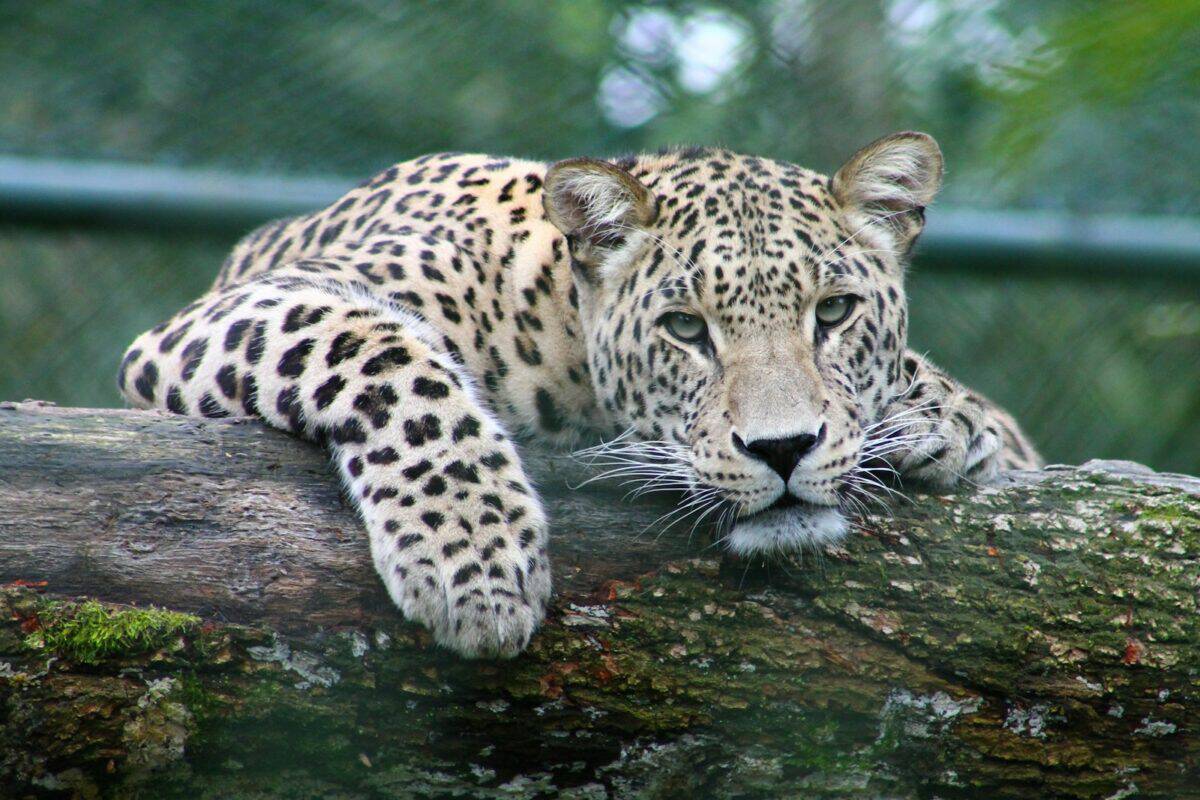
Across various African spiritual traditions, the leopard held significant positions in divination systems and religious practices. Diviners and spiritual leaders often utilized leopard parts—such as bones, teeth, or claws—as tools for communicating with ancestral spirits or predicting future events. In some traditions, dreaming of a leopard carried specific prophetic meanings, often related to encountering powerful figures or navigating dangerous situations. The Dogon people of Mali incorporated leopard symbolism into their complex cosmological system, associating the spotted cat with celestial knowledge and the ability to move between worlds. Similarly, in parts of East Africa, leopard spirits were believed to possess certain healers, granting them enhanced abilities to diagnose and treat illnesses.
Among several communities in southern Africa, leopard imagery appeared in rain-making ceremonies, where the animal’s association with water sources (leopards are known to hunt near watering holes) connected it to fertility and agricultural abundance. Traditional healers and spiritual practitioners sometimes used leopard skins as ceremonial mats upon which important rituals were performed, creating a sacred space for communion with the spirit world. The leopard’s nocturnal nature and ability to see in darkness metaphorically represented spiritual vision—the capacity to perceive hidden realities invisible to ordinary perception. This spiritual dimension of leopard symbolism complemented its royal associations, reinforcing the belief that true leadership required not just physical power but also connection to supernatural wisdom and ancestral guidance.
Leopard Warriors and Military Symbolism
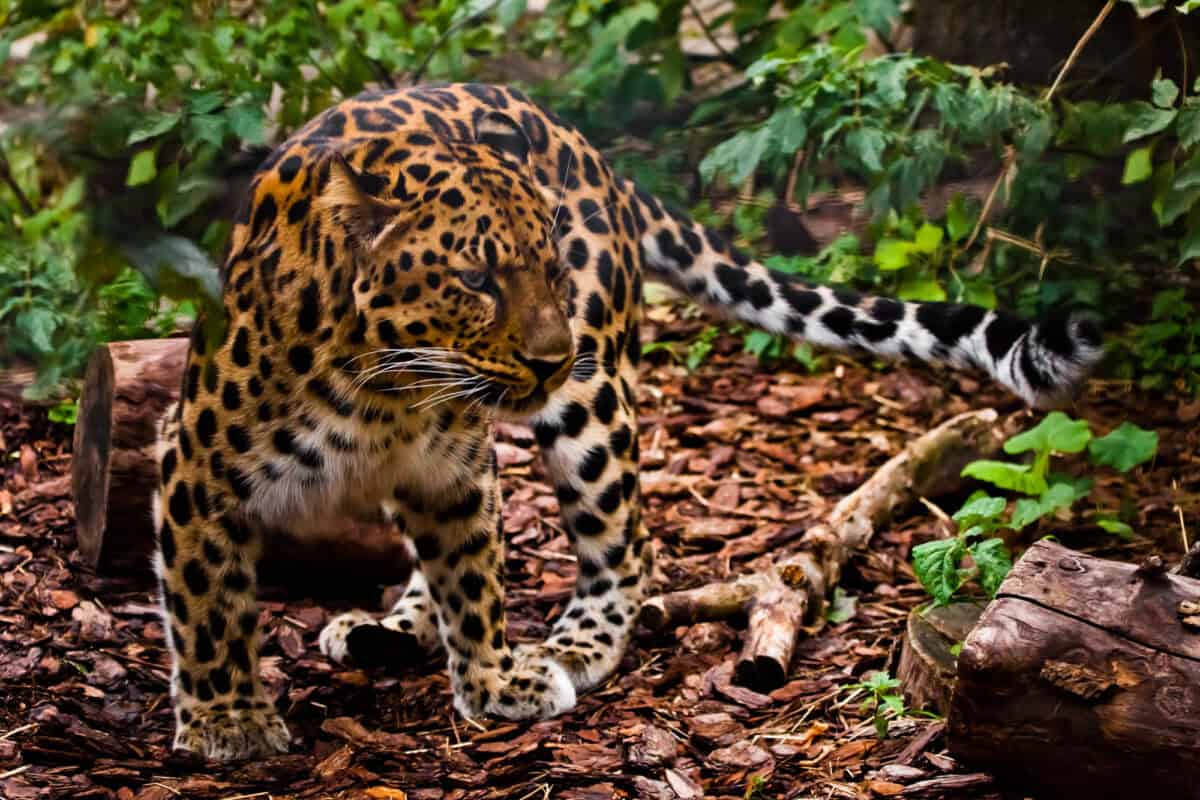
The admiration for leopard qualities extended into military organizations across many African kingdoms, where elite warrior units adopted leopard attributes in training, equipment, and battle tactics. The Zulu impi (military regiments) under King Shaka included specialized leopard warriors who studied the big cat’s hunting techniques, learning to move silently and strike with sudden, coordinated attacks. These soldiers sometimes wore leopard skins or tails as part of their battle dress, signifying their status and intimidating enemies. In the Dahomey Kingdom, certain royal guards wore leopard-themed uniforms and carried weapons decorated with leopard imagery, visually connecting the king’s military power with leopard symbolism.
Military leaders incorporated leopard behavior into strategic planning, emphasizing ambush tactics, nighttime operations, and psychological warfare—all inspired by the leopard’s hunting methods. Soldiers might undergo rituals believed to transfer leopard qualities to them before battle, including speed, strength, and fearlessness. In some traditions, warriors consumed small portions of leopard heart or liver, believing this would impart the animal’s courage and fighting spirit. War drums decorated with leopard skins produced sounds that carried special significance on the battlefield, communicating complex commands while invoking the leopard’s spiritual protection. This military dimension of leopard symbolism demonstrates how thoroughly African cultures studied and admired leopard behavior, adapting its natural hunting advantages into human combat strategies that proved formidable against both indigenous opponents and colonial invaders.
Gender Dimensions of Leopard Symbolism

While leopard symbolism often connected strongly with masculine leadership and warfare, many African cultures also recognized important feminine aspects of leopard nature. Female leopards’ renowned protectiveness of their cubs made them powerful symbols of motherhood and fierce defense of family. In several traditions, women’s protective societies existed alongside or in complementary relationship to male-dominated leopard organizations, drawing on female leopard imagery to emphasize their role as guardians of community wellbeing and cultural continuity. Among the Mende people of Sierra Leone, the women’s Sande society used leopard symbolism in their own distinctive ways, incorporating it into masks and ceremonial objects that represented female power and knowledge.
The leopard’s ability to adapt to diverse environments and survive in challenging conditions resonated with women’s resilience in traditional societies. In some royal contexts, queen mothers and female regents wore leopard regalia that paralleled but was distinct from male rulers’ leopard symbols, emphasizing their own authority and complementary leadership roles. Certain folktales specifically featured female leopard characters who demonstrated wisdom, strategic thinking, and protective instincts, providing cultural models for girls and women. This gender-inclusive dimension of leopard symbolism reflects the complex and nuanced understanding many African cultures had of leopard behavior, recognizing that both male and female leopards possessed qualities worthy of emulation in different social contexts.
The Leopard in Contemporary African Art and Literature
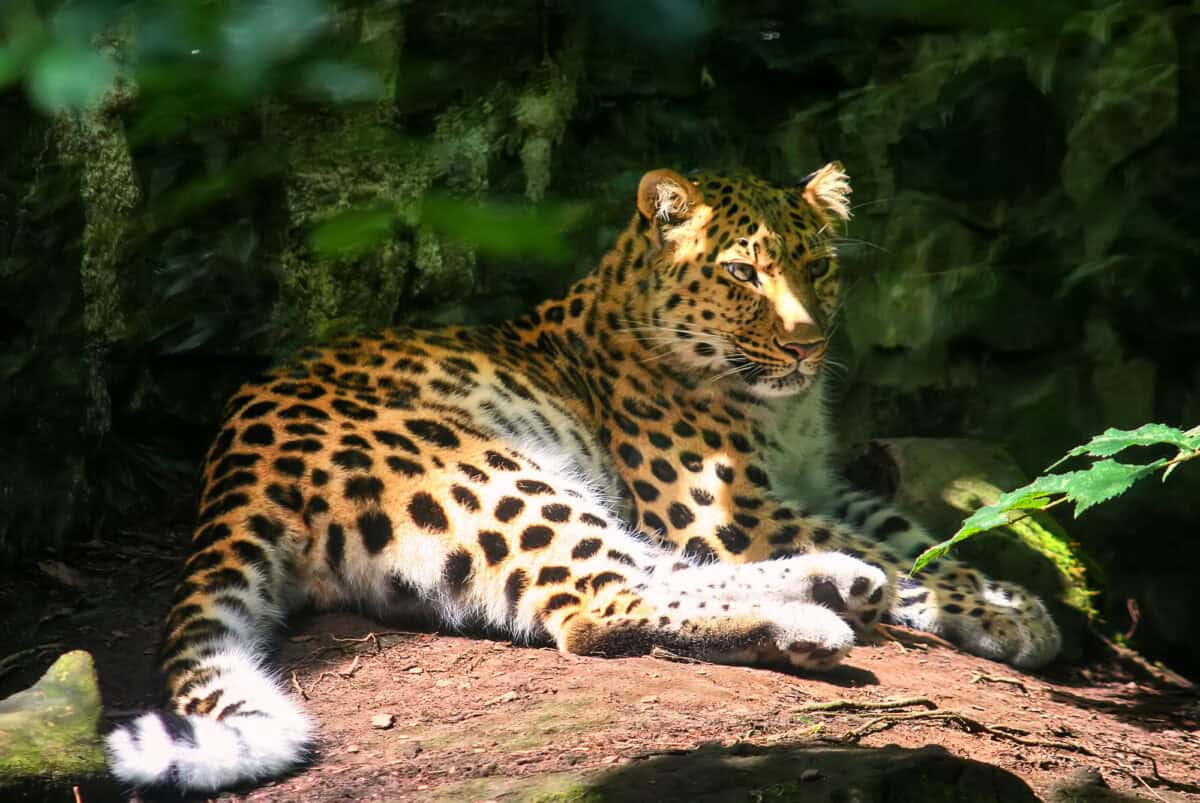
The rich traditional associations of the leopard continue to inspire modern African creative expression across various media. Contemporary African visual artists frequently incorporate leopard imagery into paintings, sculptures, and mixed-media works that explore themes of power, identity, and cultural heritage. These modern interpretations often place traditional leopard symbolism in dialogue with contemporary issues such as political leadership, environmental conservation, and cultural preservation. Nigerian writer Chinua Achebe’s novel “Arrow of God” uses leopard imagery to explore tensions between traditional authority and colonial power, while Ghanaian author Ayi Kwei Armah employs leopard symbolism in “The Healers” to represent indigenous knowledge systems under threat.
Fashion designers across the continent have reclaimed leopard patterns as expressions of African aesthetic traditions, moving beyond colonial-era exoticization to create contemporary styles that honor the leopard’s cultural significance. In film and theater, directors incorporate leopard motifs and movements into productions that explore both historical and contemporary African experiences. Musicians reference leopard qualities in lyrics that address leadership, courage, and cultural resistance, sometimes adapting traditional leopard-themed songs into modern musical forms. These contemporary creative expressions demonstrate the continuing relevance of leopard symbolism as a visual and conceptual language that connects modern African identities with historical cultural foundations, allowing artists to address present challenges through imagery that carries deep ancestral resonance.
Conservation Challenges and Cultural Preservation

The leopard’s profound cultural significance across Africa creates both challenges and opportunities for contemporary conservation efforts. On one hand, traditional reverence for leopards established conservation practices long before modern environmental movements, with cultural taboos protecting leopards in many regions. Clan totems, spiritual associations, and royal restrictions all contributed to sustainable relationships with leopard populations over centuries. On the other hand, the high value placed on leopard parts for royal and ceremonial uses has sometimes contributed to poaching pressures, especially as traditional governance systems weakened under colonialism and modernization, removing the strict controls that once regulated leopard hunting.
Today, conservation organizations increasingly recognize the importance of engaging with cultural perspectives on leopards rather than imposing purely scientific approaches. Successful initiatives incorporate traditional knowledge, involve community elders and cultural leaders, and acknowledge the leopard’s significance beyond its ecological role. Some communities have developed cultural heritage programs that document leopard stories, songs, and traditions while simultaneously supporting conservation efforts. Museums and cultural centers preserve historical leopard regalia and artwork while educating visitors about both cultural importance and conservation needs. This integrated approach recognizes that saving the leopard means preserving not just the physical animal but the rich cultural relationships that have connected African societies with this magnificent predator for thousands of years—relationships that constitute irreplaceable aspects of human heritage.
Conclusion: The Enduring Legacy of the African Leopard
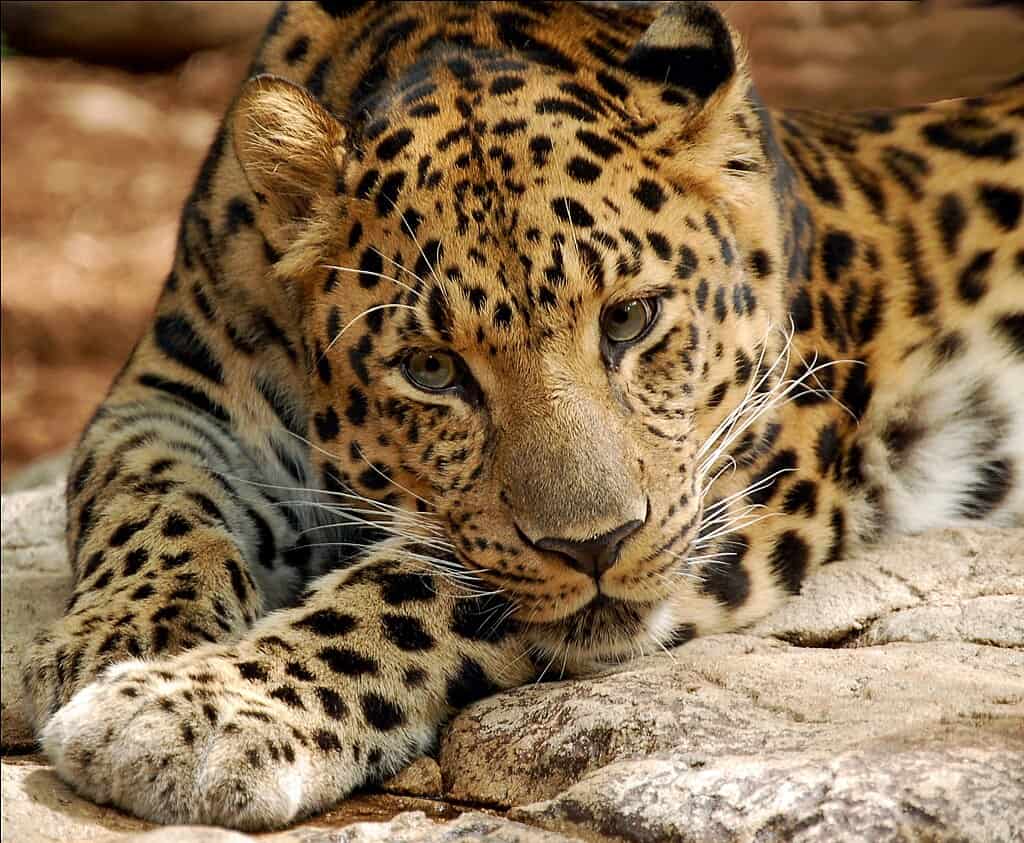
The leopard’s profound imprint on African cultural traditions represents one of the most complex and enduring relationships between humans and wildlife found anywhere in the world. From royal thrones to village storytelling circles, from spiritual rituals to military strategies, the leopard has served as a multifaceted symbol that captures fundamental aspects of power, wisdom, and the delicate balance between visible authority and hidden knowledge. This cultural legacy remains vibrant today, continuously adapted and reinterpreted by new generations of artists, writers, and cultural practitioners who find in leopard symbolism a uniquely African language for addressing contemporary challenges.
- How Sloths Help Support Mini-Ecosystems in Their Fur - August 9, 2025
- Eagles vs. Snakes: Who Would Win? - August 9, 2025
- Why Pandas Were Once Nearly Extinct—and How China Saved Them - August 9, 2025

